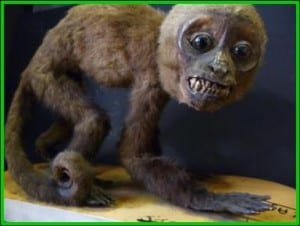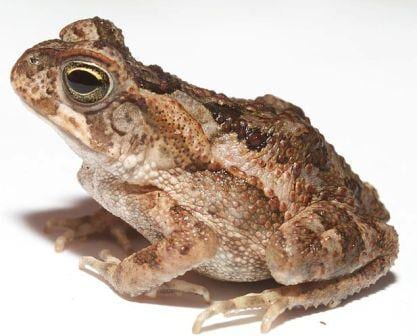Soon turned out we had a heart of papier-mâché
By Mark Carnall, on 16 June 2015
Every year UCL Museum Studies students get to choose an object from each of UCL’s museums and collections to research for a term. This is a guest blog by Jennifer Esposti one of this year’s students looking at a mysterious model.
Greetings! My name is Jennifer and I am a postgraduate student in UCL’s Museum Studies program. As part of my MA, I took a course called Collections Curatorship. This course entailed working within a group of students to research a museum object. I was assigned to the natural history group, to investigate an object from the Grant Museum. My group and I were presented with three possible objects and we selected a crocodile heart model known as Object LDUCZ-X118. Here’s what we found out.
(more…)
 Close
Close











 Okay okay so this coming Sunday it will have officially been two months since the Chinese New Year. However, as part of my ongoing quest to become a god, I have chosen to give myself the ability to bend man’s two most treacherous enemies to my will; time, and money. Ergo, I can write a blog about the animal that is the focus of this year’s Chinese New Year, despite it officially having been on the 31st January, and when today is the 25th March. So there. The animal group chosen by the Chinese calendar is a broad one so I have narrowed it down to one species. My favourite species. Well what better way is there to choose? It is my favourite for good reason after all. This week’s specimen of the week is…
Okay okay so this coming Sunday it will have officially been two months since the Chinese New Year. However, as part of my ongoing quest to become a god, I have chosen to give myself the ability to bend man’s two most treacherous enemies to my will; time, and money. Ergo, I can write a blog about the animal that is the focus of this year’s Chinese New Year, despite it officially having been on the 31st January, and when today is the 25th March. So there. The animal group chosen by the Chinese calendar is a broad one so I have narrowed it down to one species. My favourite species. Well what better way is there to choose? It is my favourite for good reason after all. This week’s specimen of the week is…